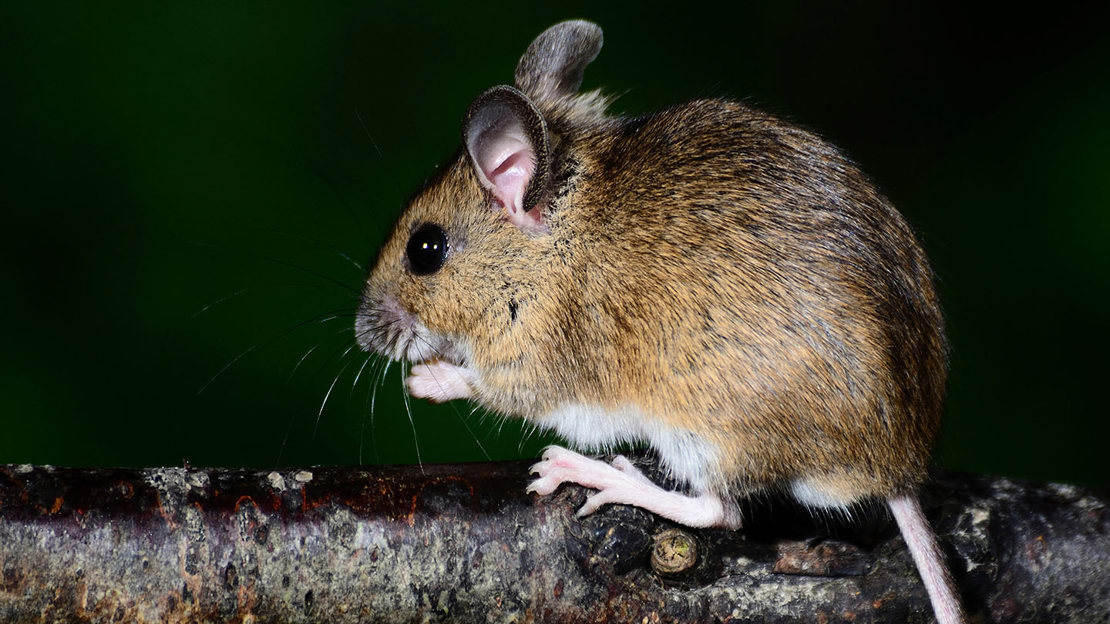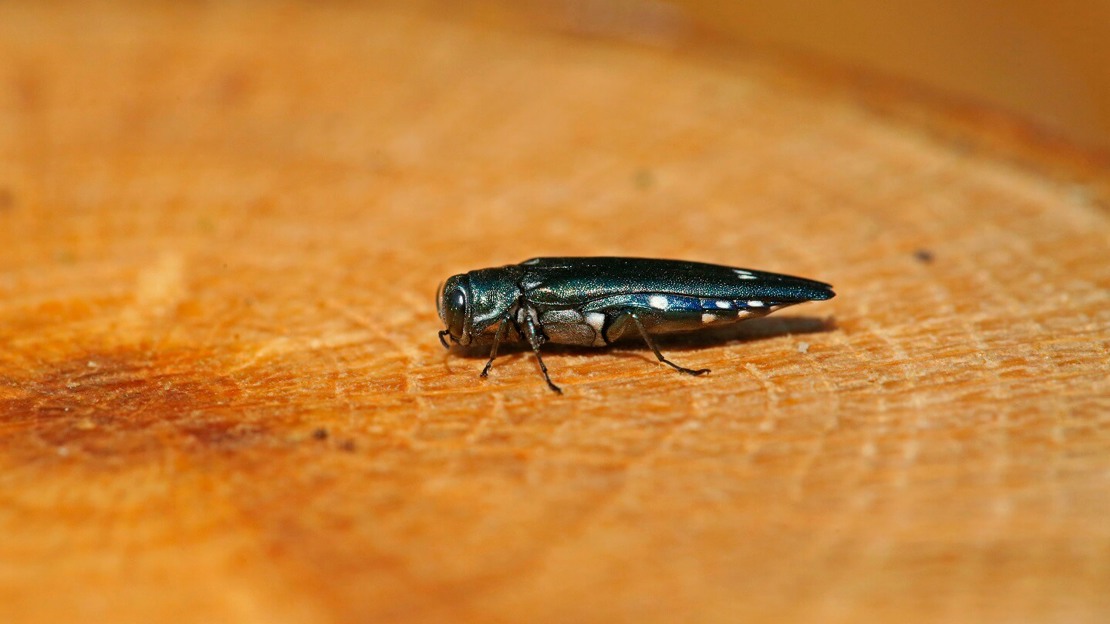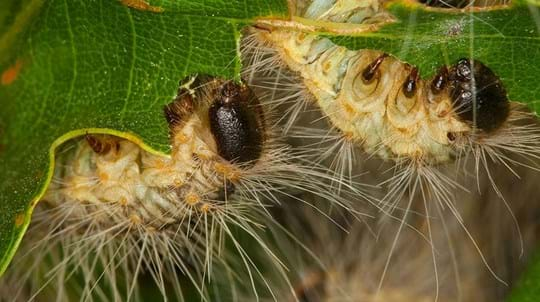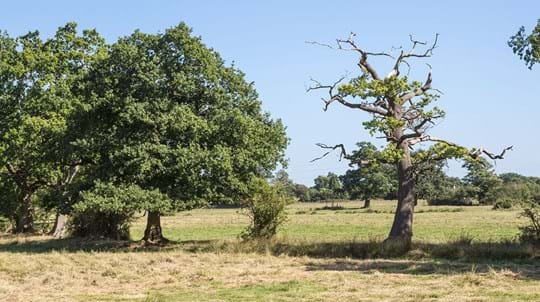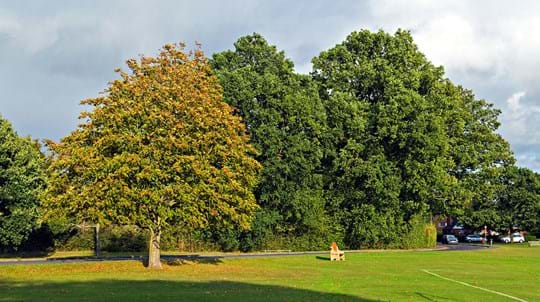Oak bark
Oak bark is grey-brown in colour and smooth when the tree is young. As it matures, the bark thickens to become textured and rough with lots of creases and grooves. Eventually, pieces of bark will loosen and crevices and holes will form too, all providing niches for wildlife to shelter, feed and breed.
These niches are ideal for bat roosts, including Bechstein’s bat (Myotis bechsteinii) and the rare barbastelle (Barbastella barbastellus). They make great nesting spots for birds too, like pied flycatcher (Ficedula hypoleuca) and marsh tit (Poecile palustris). Behind the loose bark, the elusive treecreeper (Certhia familiaris) nests and feeds on bark-dwelling insects.
Invertebrates from beetles and butterflies to moths and ants bring more life to the tree and create a rich food supply for birds and bats. Larvae of goat moth (Cossus cossus), the heaviest moth in the UK, burrow into the trunk of oaks to hatch beneath the bark and feed on the wood until they emerge. Also beneath the bark is the cobweb beetle (Ctesias serra), named because it steals its food from spider webs, and the brown tree ant (Lasius brunneus) which almost exclusively nests in old oak trees.
The purple emperor butterfly (Apatura iris) feeds on aphid honeydew and sap runs on the tree’s trunk and branches. It also roosts in oak and spends most of its time in the canopy. Declining in number, this butterfly is now restricted mainly to the South of England.
Britain’s largest ground beetle – and one of our rarest - the blue ground beetle (Carabus intricatus) lives in damp oak woodland. It shelters under moss-laden dead bark and climbs trees in search of food. Once thought extinct in the UK, it’s been rediscovered in Devon, Cornwall and a single site in Wales – one of our woods.
At the base of the trunk, fungi feed on the wood. Among them are oak bracket fungus (Pseudoinonotus dryadeus) and beefsteak fungus (Fistulina hepatica), and oak polypore (Piptoporus quercinus), which is only found on oak trees over 250 years old.
Lichens, liverworts and mosses
Oak hosts a huge 716 types of lichen of many shapes, colours and sizes which offer nesting material, food and shelter. Oakmoss lichen (Evernia prunastri) - as its name suggests - prefers oak. The rare Lecanactidetum premneae lichens tend to be found on trees at least 250 years old - usually the dry, brittle bark of old oaks.
Rarer still are the 12 lichens that depend on oak alone, including Arthonia byssacea, Sclerophora farinacea, and Calicium adspersum.
Liverworts – simple plants so-named because their leaf shape resembles the lobes of a liver – include dilated scalewort (Frullania dilatata) and the delightfully named fairy beads (Microlejeunea ulicina).
Mosses adorning oak’s bark and branches include cypress-leaved plait-moss (Hypnum cupressiforme) and slender mouse-tail moss (Isothecium myosuroides).








